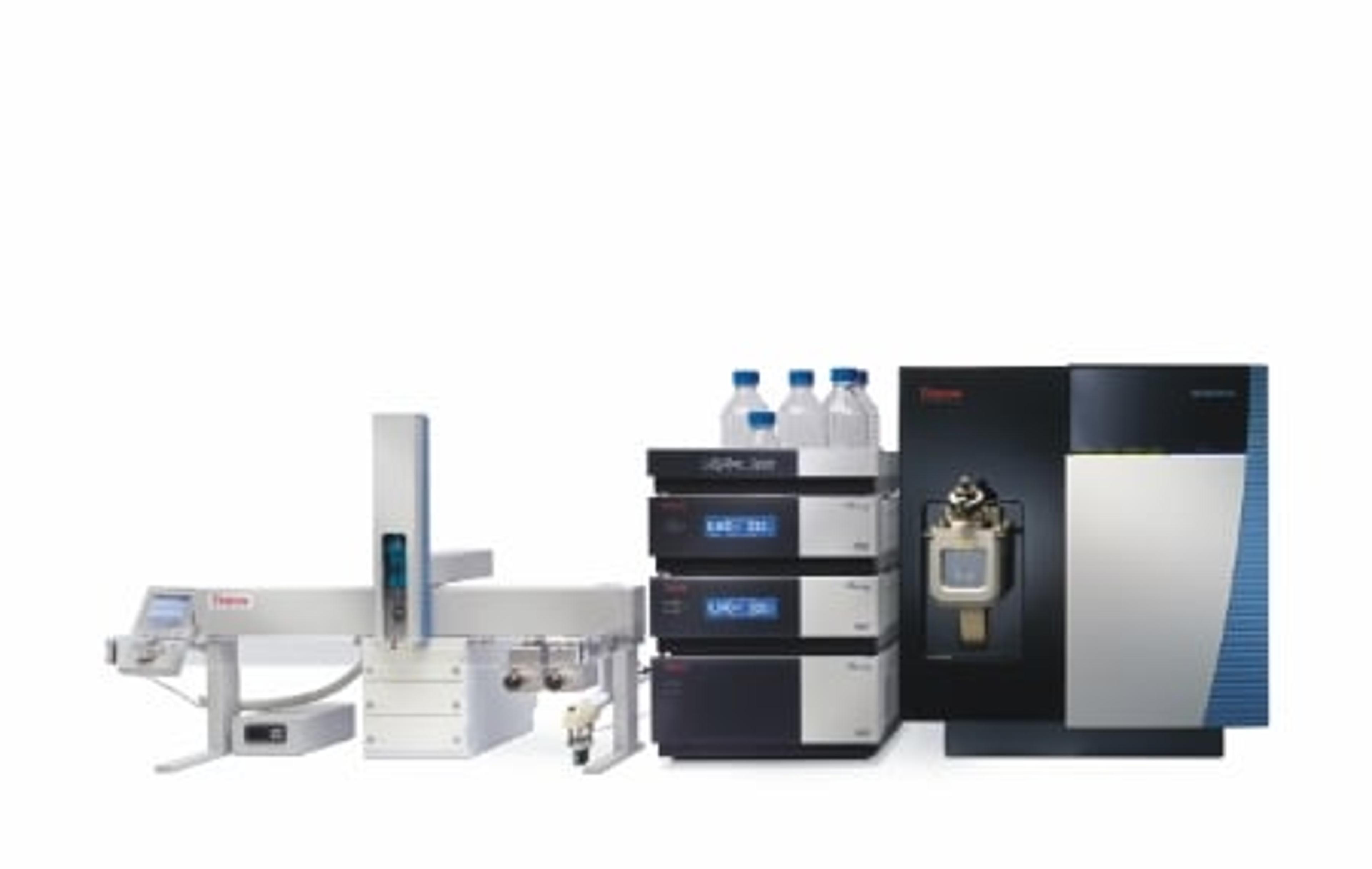Webinar Highlights: Implementation of Multi-Channel LC-MS for Clinical Research Analyses
19 Jan 2018One of the major challenges for adopting LC-MS technology is the limited throughput and automation compared to typical clinical chemistry instruments. This is an important issue because, in the areas of toxicology, endocrinology, and therapeutic drug monitoring, there are some important applications for which there are no commercial solutions. Laboratory developed tests using LC-MS and other technologies are needed to bridge this gap.
In a recent webinar, Dr. William Clarke, Associate Professor, Department of Pathology, and Director of both Point-of-Care Testing and Clinical Toxicology at Johns Hopkins, USA, discusses the opportunities and challenges for LC-MS in the clinical research laboratory. Clarke describes ways that TurboFlow technology* and multi-channel LC-MS systems increase efficiency and throughput, demonstrated in the following:
- Simplified measurements of plasma renin activity and aldosterone concentration
- Rapid quantification of morphine and metabolites
- High-throughput quantification of antidepressant drugs
- Online sample preparation using TurboFlow technology*
- Increased efficiency and throughput using multi-channel LC-MS systems
Read on for highlights from the Q&A session or watch the webinar on demand here.
Q: If you perform direct plasma injection into the online SPE system, what is the downside and how many injections can you get per column?

A: The positive side is minimizing the number of samples, the negative side is that it does reduce the column lifetime. So, the question regarding number of injections is pretty pertinent. Whereas we may get 500-1,000 injections on a normal “clean sample” where we have done at least protein precipitation or some measure of dilution, I would say we only get 200-300 injections when we do a direct plasma injection. So it does reduce the column lifetime and while we show we’re able to reduce the significant matrix effects from the analyte peak, they are still a bit more noisy so it's still not a routine matter of course, although I would say that based on our experience now from when we initially did the work, we would probably modify the method somewhat and would do some things in terms of keeping the eluent from that direct plasma injection. Out of the mass spec we would have a narrower data window where the eluent is being sprayed into the source. That would help us with some of the noise as well. It is definitely a dirtier sample type, and it has been shown by multiple people that the cleaner your sample is, the more robust your analysis will be.
Q: What type of throughput are you achieving with your multi-channel method for the quantification of amino-suppressants?
A: Our throughput is about 200 samples per day, and that includes calibrators, controls and then samples. We have two instruments and we could significantly increase that throughput. The 200 injections are over approximately an 8-hour period, so we do have some capacity there; that 8 hours would be between 20-30 injections per hour.
Q: What are the benefits of the approach your lab is using for PRA and aldosterone analysis?
A: We have limited resources, including limited human resources and so having the ability to do a “walk away” where you can use a two-channel approach is beneficial. They take a plate and put that in, then perform initial injection for PRA analysis and then you could programme it to switch columns and you could at least wait for the source conditions to change, to do the aldosterone before you leave. Alternatively, you could do the aldosterone the next morning. But what it does enable you to do is, in a short period of time you can do a relatively quick analysis, go home and have dinner and sleep and have it do the subsequent injection before you next come in. so using those time stamps, you can perform your PRA calculation first think when you get in the next morning. For a large reference lab that is not necessarily necessary as there are more resources to do these types of things. In a smaller lab you want to leverage any time you can, and so there are two nice advantages: 1) being able to walk away from the instrument and 2) being able to do the same analysis on the same sample preparation from the same plate, but on a different channel to get the aldosterone.
Q: Did you see any degradation of Angiotensin-1?
A: So for Angiotensin 1 degradation we have seen some methods that put a degradation standard into the mix and correct for that, but that is not something we have systematically investigated. It is certainly a consideration that we will have to take a look at but at present we haven’t really done anything with that.
Q: Can you use UPLC or UHPLC systems for a similar analysis? What is the benefit of using SPLC systems?
A: It’s a chromatographic analysis, so you’re not locked into one type or another. You certainly could use UHPLC or HPLC to do an analysis of a small molecule or a peptide, there are many examples of that in the literature. The difference here is that one is a multichannel system, and multichannel does not require SPLC, it requires coordination of the channels and good software to be able to do that. So, I think you can increase that throughput regardless of how you approach that. This is just the one approach we are showing. Regarding the online sample preparation, that is a little bit different. There are some other systems that can handle the direct plasma injection, but I think you are limited a little bit by the instrumentation you would have. If you already have instrumentation in house, it’s a little bit difficult to put those different components of systems together, although people are able to do it. SPLC has been used with more than one vendor of mass spec. For the type of thing we are looking to do, you are limited in terms of direct plasma injections. Even some of the rapid SPE systems require some sample preparation ahead of time and they are not doing direct plasma, so it depends on which aspects you are talking about, whether it is multi-channel or online sample preparation.
Q: How do you handle the sample pre-incubation?
A: The samples are collected, and they are frozen for the purposes of our studies. They are frozen as soon as possible after collection, in some cases we don’t have a lot of control over them. When they are in our possession, they are handled on ice to be able to slow the enzymatic activity and then we do store the aliquot that we use frozen.
Watch the full webinar on-demand, or find out more about the TurboFlow Technology*.
*For Research Use Only. Not for use in diagnostic procedures.
Do you use any of the technologies mentioned in this webinar? Write a review today for your chance to win an Amazon voucher worth $400 or an iPad Air®.

